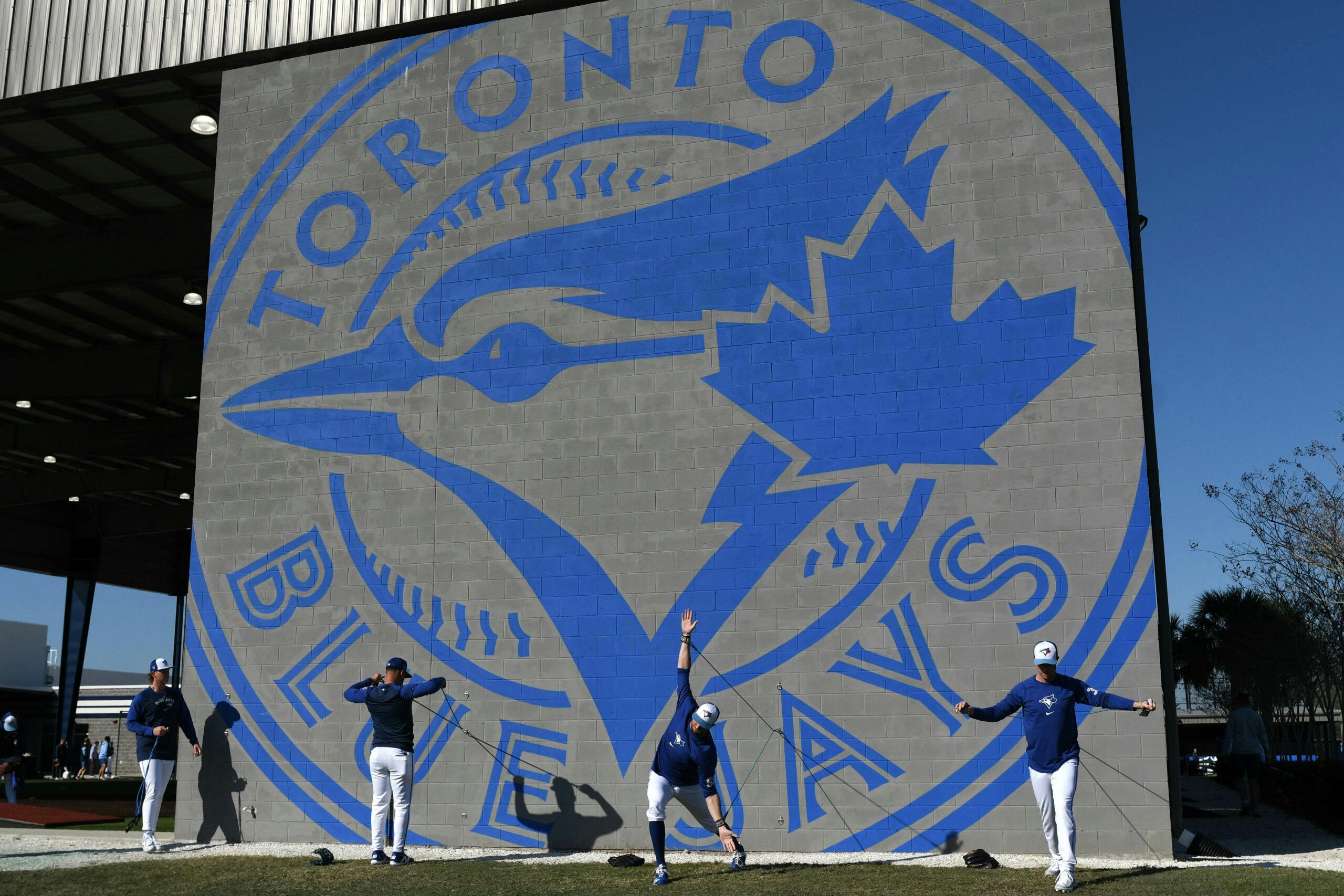Toronto Blue Jays 2024 Aggregated Top Prospects
Photo credit: Jonathan Dyer-USA TODAY Sports
By Tammy Rainey
7 months ago
Keep scrolling for the next article
Breaking News
- Blue Jays 2024 Player Review: Business as usual for José Berríos
- Dodgers expected to make offer to Juan Soto, Yankees view Mets and Blue Jays as ‘real threat’ in free agency
- Blue Jays 2024 Player Review: Davis Schneider experienced the highs and lows of a full big league season
- A deep dive into which Blue Jays prospects are Rule 5 eligible this winter
- 2024 Blue Jays Player Review: Addison Barger improved with more consistent playing time
